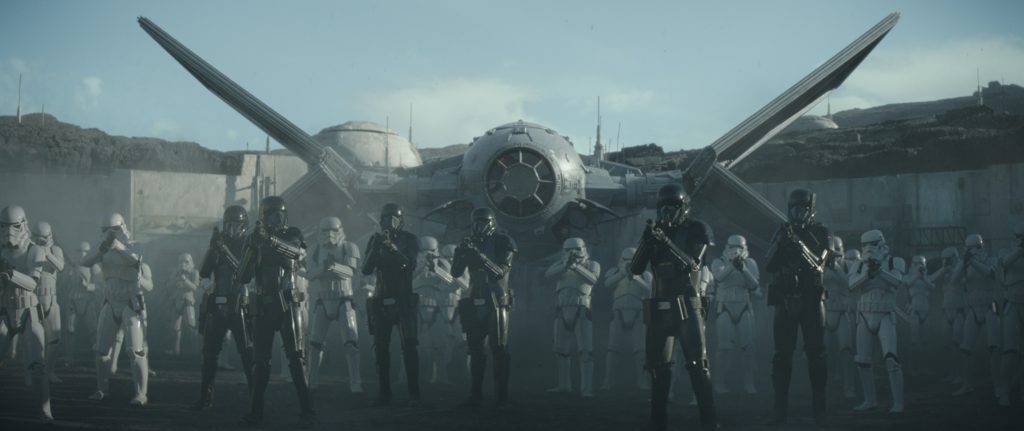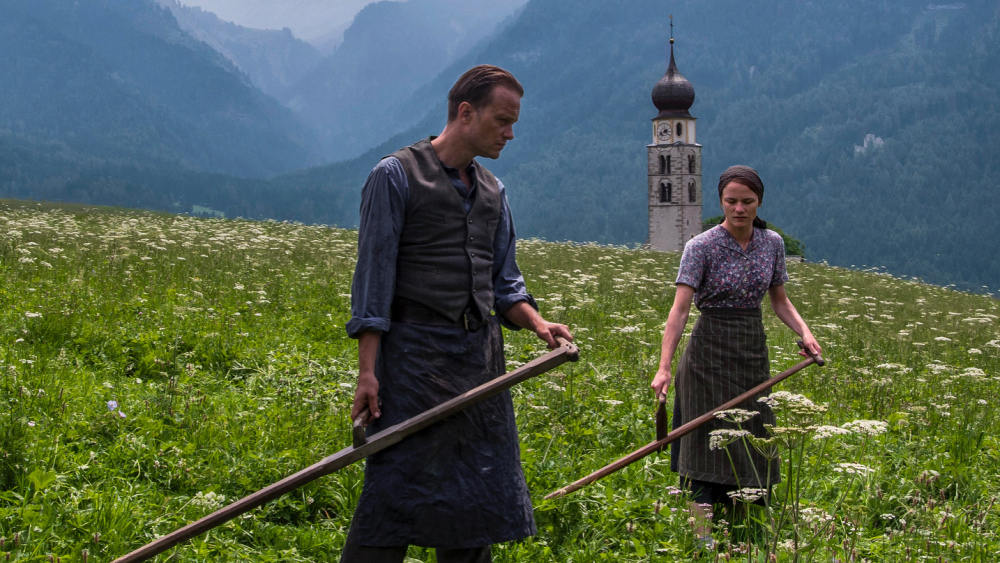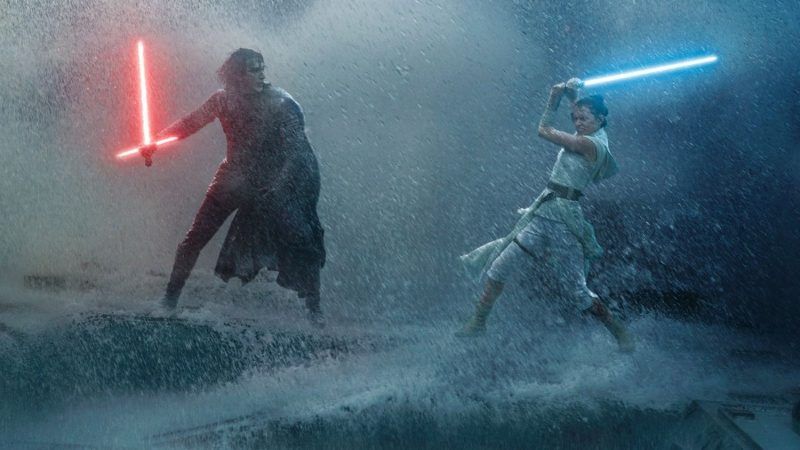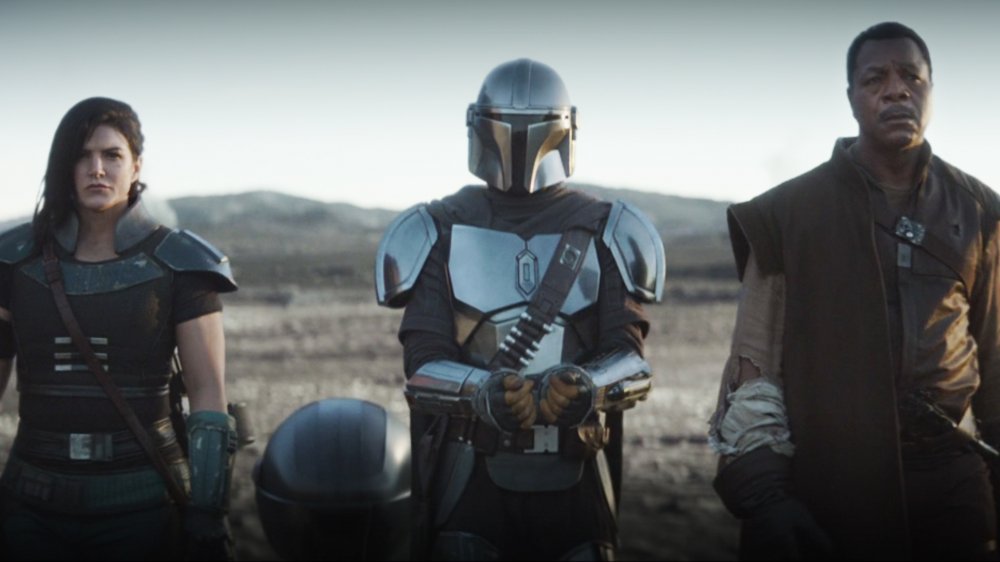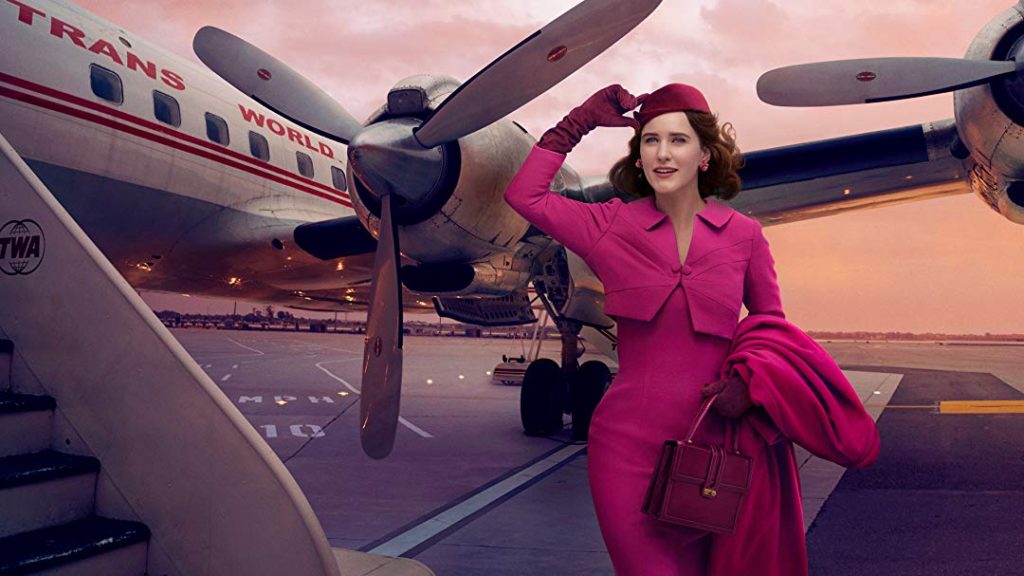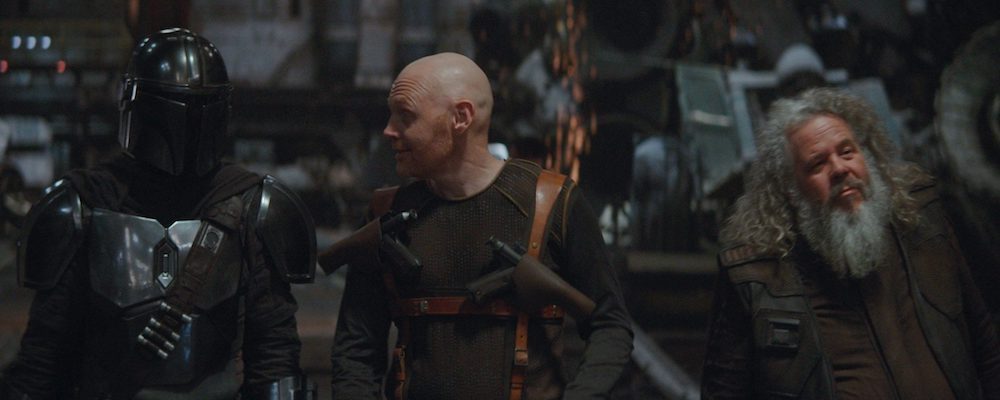Kevin Hart: Don’t F**k This Up Is a Shallow Series That Fails to Shed Light on Its Star
Written by Ian Thomas Malone, Posted in Blog, Pop Culture, TV Reviews
The Kevin Hart Oscars scandal was an unfortunate train wreck. It’s easy to understand Hart’s position of not wanting to apologize for statements he’d already addressed several times in his past. There’s also little humor to be found in so-called “jokes” about threatening a child with violence for playing with girl’s toys. Too many members of the LGBTQ community, myself included, have been threatened for simply being who we are.
With that in mind, it’s hard to muster up too much sympathy for Hart’s predicament. As the new Netflix series Kevin Hart: Don’t F**k This Up shows, Kevin Hart is living the dream. Hart is an immensely talented individual, parlaying his success as a comedian into a broader portfolio that includes a production company, HartBeat Productions.
Kevin Hart: Don’t F**k This Up starts off with the Oscars controversy, though much of the series was filmed in 2018, well before the scandal. This fundamental disconnect creates some narrative issues for the six-part series as a whole, which mostly divides its time between three broader storylines. The show mainly focuses on Hart’s family life, his brand, and the fallout from his scandals.
The narrative works best when it focuses on his family. Hart passionately describes the influence of his mother, who imposes a strict routine to keep him away from trouble. The series includes a few touching interactions with his father, whose history with drugs supplied material for some of Hart’s early routines. Hart’s wife Eniko Parrish is also a compelling figure in the show, serving as a steadying force in his life.
Prominently featured in the show are Hart’s “Plastic Cup Boyz,” his entourage of friends and fellow comedians. The series presents the Plastic Cup Boyz as committed to keeping Kevin out of harm’s way. In some ways, it’s endearing to see Hart’s obvious affection for his friends, as well as his desire to share his good fortune with those who have stood by him.
Trouble is, the emphasis on the Plastic Cup Boyz imposes a broader problem with Don’t F**k This Up as a narrative. The show, produced by Hart, essentially exists as an infomercial showcasing the greatness of Kevin Hart. The broader theme is clear throughout every episode: Kevin Hart works very hard.
Hart’s hustle is obvious, but his efforts to showcase how hard he works exposes many flaws in this whole approach. For all his hard work, he’s still a grown man who requires a full entourage as a security blanket. He’s seemingly incapable of doing much of anything without three or four of his buddies to help. The show fails to paint Hart as particularly inspiring because it would be practically impossible for anyone to follow his lifestyle.
This dynamic is most apparent when Hart talks about his Las Vegas affair, a low point in his life. Hart takes full responsibility, but Don’t F**k This Up repeatedly implies that if more of the Plastic Cup Boyz had been around, they might have been able to prevent the affair from happening. Herein lies the problem with producing a docu-series about yourself. Hart lacks the perspective to see when he’s hurting his own case.
The episode that focuses on the Oscar fallout is a peculiar mixed bag. Don’t F**k This Up deserves credit for wholeheartedly portraying Hart’s reaction as wrong. Seemingly everyone in his orbit tells him he handled the situation poorly, jeopardizing dozens of livelihoods in the process. He owns up to his faults, namely his efforts to portrays himself as a victim instead of choosing to condone violence against the gay community.
As refreshingly honest as the episode is regarding the precise nature of how Hart screwed up, the whole presentation feels pretty hollow and manufactured. Hart says he’s sorry, but repeatedly refuses to go on an “apology tour” to express contrition. The docu-series says that Hart spoke with gay friends who told him where he went wrong, but we don’t see any of those interactions, only ones with his own employees.
One of his executives summarizes this situation best in the closing minutes of the series. Carli Haney, a gay woman, mentions how the production company will now include gay characters in series moving forward. The moral of the whole Oscars saga isn’t about how Kevin can make amends, but rather how he can profit off the scandal. Plenty may feel that additional apologies aren’t necessary, but the whole series feels shallow in the absence of demonstrable remorse.
Don’t F**k This Up is a self-indulgent vanity project designed to sell Kevin Hart as a brand, a superficial six-episode commercial with little depth. Fans of Hart may appreciate the backstage look at his life, but there’s little of substance here. An outside production company might have been able to shine a better light on this situation, but Hart is too close to the action to pull anything meaningful from his mistakes.






